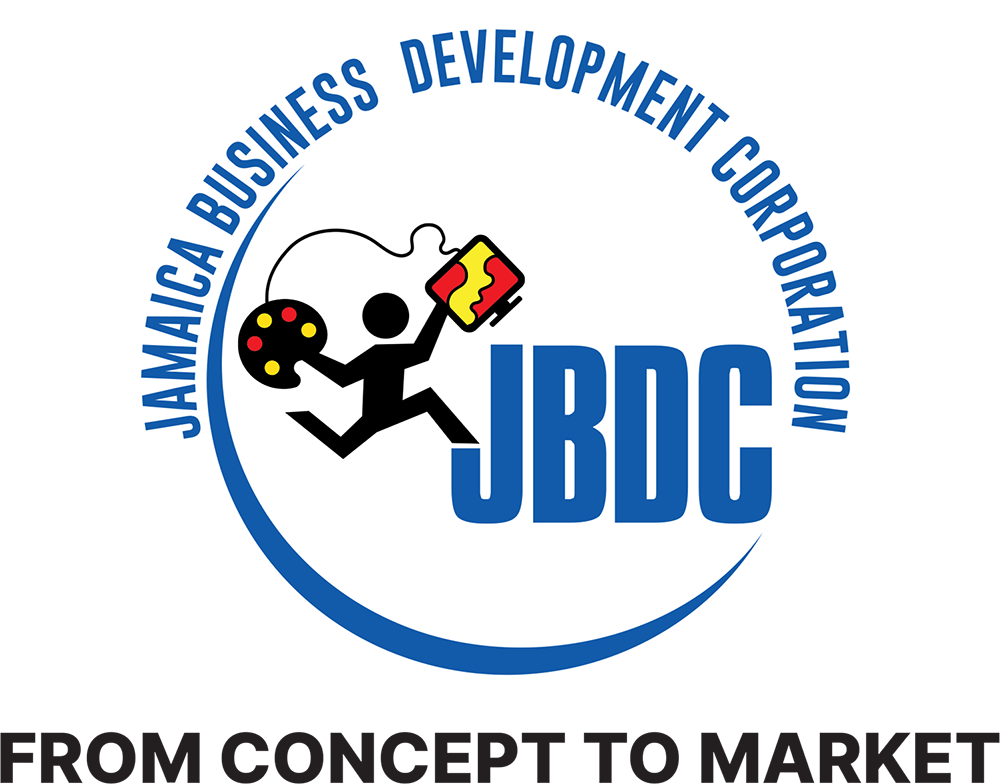In last week’s blog post we introduced the idea of merging new technologies with the Cultural and Creative industries. In a cursory way we looked at a few technologies that are creating a buzz worldwide. These included: augmented reality, artificial intelligence and the metaverse. These, we observed, have started to influence the cultural and creative sectors, as there have been adaptations and evolution in the production of various types of art.
In Entrepreneur Weekly, we have made it our duty to keep the Micro, Small and Medium-Sized Enterprises (MSMEs) aware or at least to spark interest in new trends and how they can assist the growth of your business. We have done previous blogs about the importance of marketing and cannot understate the role marketing your business plays and the invaluable tool that digital media and marketing are in business models. Thus, we thought it important to explore the terms Web2 and Web3, as well as take a look at various considerations using both iterations of the world wide web.
Web2 v Web3
The Ethereum describes Web2 and Web3 in this way “Web2 refers to the version of the internet most of us know today. An internet dominated by companies that provide services in exchange for your personal data. Web3 can refer to decentralised applications that run on the blockchain. These are apps that allow anyone to participate without monetising their personal data.” For clarity a decentralised application operates on a peer-to-peer network of computers.
Hubspot says “Web three, or the third-generation of the internet, is a vision of a more decentralised web that places the power in the hands of users instead of large tech companies like Google, Amazon, and Netflix. It’s built on blockchains using existing infrastructure with the goal to make the internet more accessible, private, and secure for users.” Some key features of Web3 are decentralisation, anonymity, transparency and security. A major difference between Web2 and Web3 comes down to who owns the content (data and apps).

Marketing in Web2
Marketing currently exists in Web2 as companies making money based on the data they collect from users, either by using it to feed their marketing strategies or by selling it to third parties. BuiltIn, a tech company in the U.S gave a helpful description of what the business model and marketing tactics are in Web2. “Essentially large tech companies built on ad-supported business models. In this model, companies make much of their revenue selling advertising space and serving their massive user bases targeted ads. This has proven to be an extraordinarily profitable business model over the last two decades.”

Marketing with Web3
While marketing in Web3 is largely about empowering consumers to own and operate tech platforms themselves instead of sacrificing their data by depending on big tech companies, some considerations for marketing and business within this iteration of the internet are that businesses may become highly user-centred and transparent due to the concept of decentralisation. Additionally. users will be able to take control of their data and privacy. Business owners would have to adapt blockchain technologies to ensure data transparency and open access.
Marketing in Web3 will have similarities to what exists now but there will be more creative ways for businesses to manipulate their brands in the metaverse, with augmented reality and artificial intelligence. While marketing your business in Web3, entrepreneurs must remember that it gives users control of their data. Users decide where and how to share it. Thus, marketers and entrepreneurs, in turn, have more stakeholders to market to, engage with, and retain. These stakeholders include users, developers, and the communities they engage with.

JBDC ‘In Concert’
The Jamaica Business Development Corporation (JBDC) recently hosted an event called JBDC ‘In Concert.’ The forum primarily targets entrepreneurs within the cultural and creative industries, providing insight on issues helpful to them. The event was under the theme “Making ‘Cents’ of Meta…” and explored the utilisation of new technologies within the sector and the opportunities they provide.
Deputy Chief Executive Officer at the JBDC, Mr. Harold Davis said, “Digital innovation is here to stay and the creative industry must leverage it so we can drive our business even further, so that we can internationalise our products even more. We here at the JBDC see digital technology as business drivers and enablers.”
Many experts don’t believe there will be a speedy overhaul of Web2 and that there are quite a few considerations that must be made, such as scalability and accessibility. But there may be new technologies under the broad umbrella of Web3 that provide opportunities for your business. Research and wide reading are important during this time. Immersing yourself in the data about it may help you to cautiously ride the waves of new available technologies.








